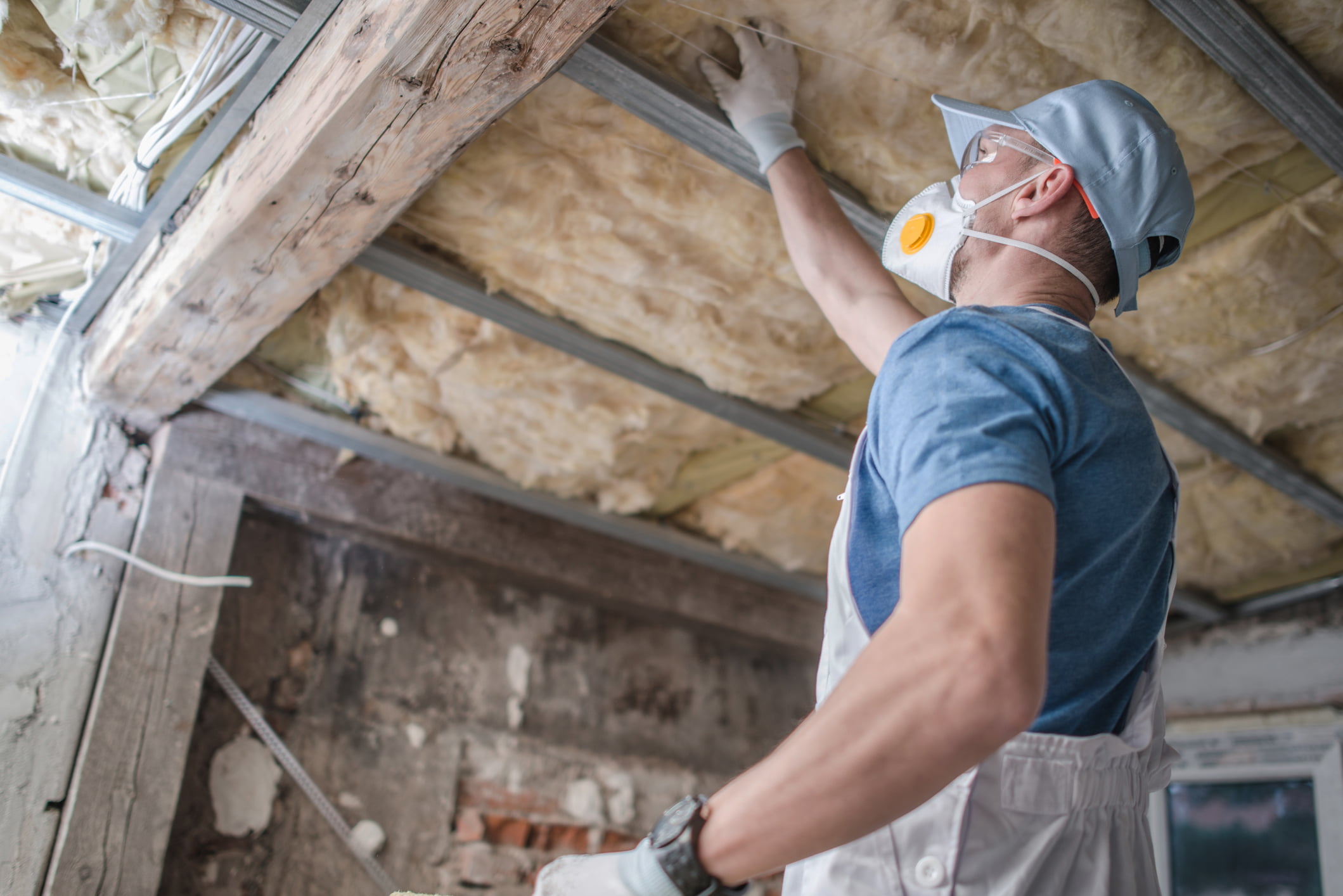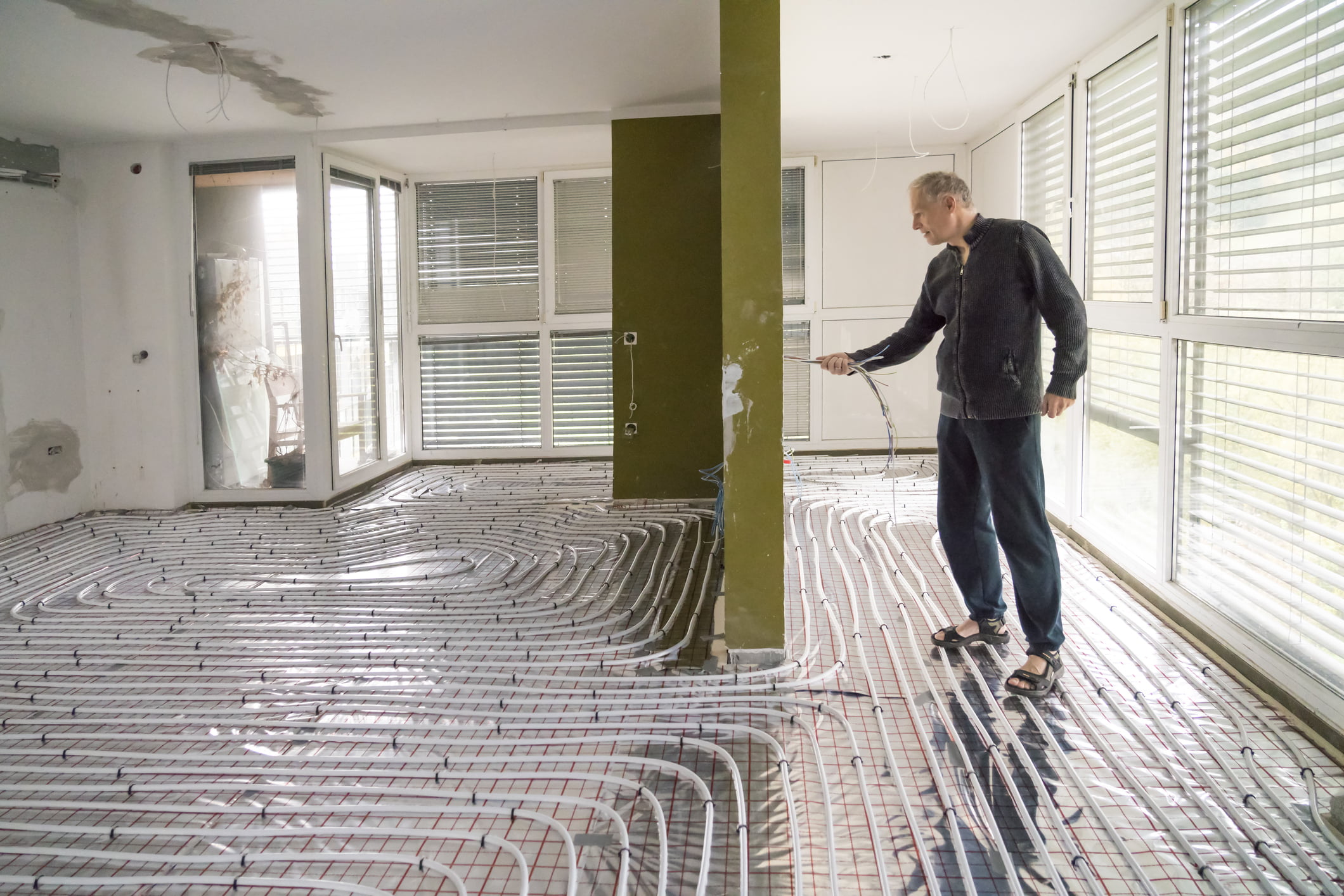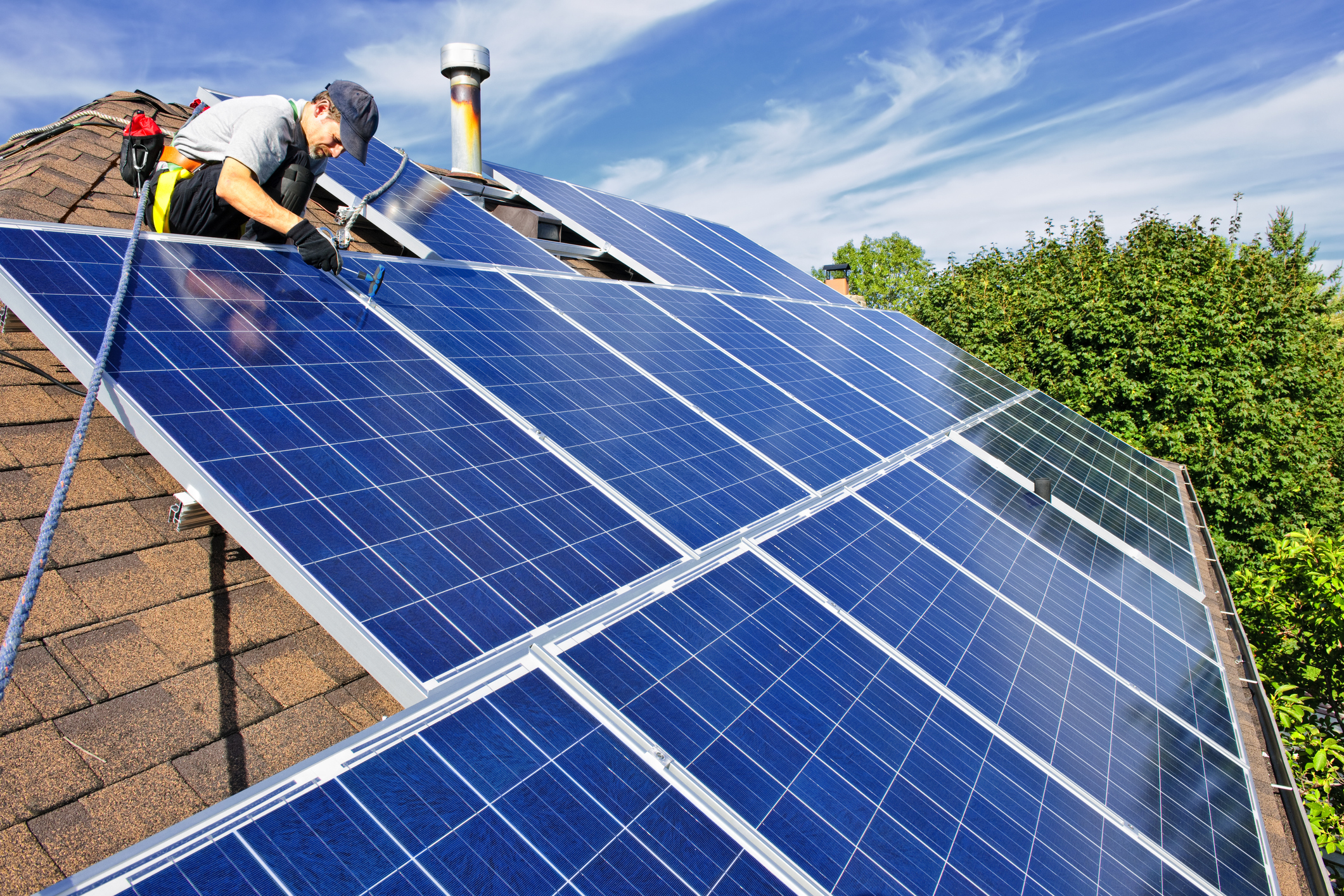One of the best ways to reduce your carbon emissions at home is to reduce the amount of heat that is lost through windows, doors, floors, ceilings and walls.
Installing insulation is a simple way to keep your home warm in winter and cool during the summer months. This reduces the need to turn on the heating as often or as high when it gets colder, and on very hot days, insulation can block out much of the sun’s heat, keeping you comfortable inside without the need for a fan or air conditioning.
If you don’t have any loft insulation, for example, adding a 270mm think layer could reduce your annual carbon dioxide emissions by around 610kg (if you live in a semi-detached, gas-heated home). If you already have some loft insulation, you can still save carbon emissions by topping up. Topping up your insulation from 120mm to 270mm could save you 55kg (in the same sized home).



